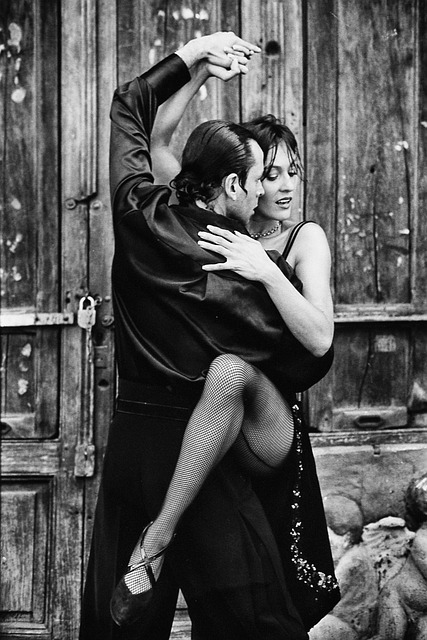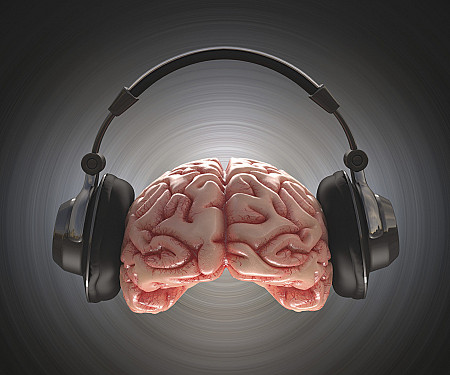
In this article, we delve into the rich tapestry of cultural rituals that have been passed down through generations.
From traditional dances and religious ceremonies to customs preserved in a modern world, these rituals hold deep significance and tell captivating stories about diverse communities around the globe.
By unraveling the origins and meanings behind these customs, we gain a deeper understanding of the values, beliefs, and heritage that shape our global society.
Join us as we explore and celebrate these timeless traditions.
Key Takeaways
- Cultural rituals play a crucial role in preserving and transmitting cultural values, identity, and history.
- Religious ceremonies offer a deeper understanding of cultural traditions and provide insight into the beliefs and values of different cultures.
- Rituals passed down through generations serve as valuable links between the past and present, fostering social cohesion and celebrating shared experiences.
- Cultural customs in a modern world require continual evolution and adaptation, balancing tradition with the impact of globalization and the assimilation of foreign customs.
The Significance of Traditional Dances
The significance of traditional dances lies in their ability to preserve and transmit cultural values, identity, and history from one generation to another.
Symbolic gestures are integral to traditional dances, as they convey deep meanings that reflect the beliefs, customs, and stories of a particular culture. Through intricate movements and rhythmic patterns, dancers communicate emotions, traditions, and societal norms.
Dance serves as a form of expression that goes beyond verbal language or written records. It allows individuals to connect with their roots, express their creativity, and celebrate their heritage.
Moreover, traditional dances provide a platform for communities to come together, fostering a sense of belonging and unity. By participating in these age-old rituals, individuals not only engage with their own cultural heritage but also gain insight into the diverse worldviews that exist across different societies.
Exploring Religious Ceremonies
Exploring religious ceremonies allows for a deeper understanding of cultural traditions and practices. These ceremonies are often steeped in history, with roots that reach back centuries or even millennia. They serve as important markers of identity and belief for communities around the world.

One aspect that is commonly found in religious ceremonies is the use of sacred symbols. These symbols hold deep meaning and are believed to connect individuals with their spiritual essence. They can range from simple objects like candles or incense to intricate designs representing deities or cosmic forces.
Alongside sacred symbols, religious ceremonies also involve various spiritual practices such as prayer, meditation, chanting, and ritualistic offerings. These practices provide a means for individuals to connect with the divine and seek guidance or blessings for themselves or their community.
By exploring these religious ceremonies, one gains insight into the beliefs and values that shape different cultures and societies throughout time.
Rituals Passed Down Through Generations
Rituals passed down through generations provide a valuable insight into the cultural heritage and traditions of different communities. These rituals are not stagnant but have evolved over time, adapting to the changing needs and beliefs of each generation. They serve as a link between the past and present, connecting individuals with their ancestors and preserving cultural identity.
Rituals often hold deep symbolic meanings, representing important aspects of community life such as initiation, marriage, or harvest. These symbolic meanings can vary across cultures, highlighting the diverse perspectives and values within each community.
Moreover, rituals play a crucial role in fostering social cohesion by bringing people together to celebrate shared experiences. Through studying these customs carved in time, we gain a richer understanding of human history and the intricate tapestry of cultural diversity that exists worldwide.
Cultural Customs in a Modern World
Cultural customs in a modern world continue to evolve and adapt, reflecting the changing needs and values of contemporary societies. Globalization has had a significant impact on cultural customs, as it has facilitated the exchange of ideas, beliefs, and practices across borders. This increased interconnectedness has led to the assimilation of foreign customs into local traditions and the emergence of hybrid rituals that blend both traditional and modern elements.
However, balancing tradition and modernity in cultural rituals can be challenging. On one hand, there is a desire to preserve ancestral practices that hold deep cultural significance. On the other hand, there is a recognition that rituals need to be relevant and meaningful in today's fast-paced society.
To navigate this tension, communities often engage in dialogue and negotiation to find ways to maintain core traditions while also incorporating elements that resonate with contemporary values. This process allows for the preservation of cultural identity while embracing change. It ensures that cultural customs remain dynamic and vibrant expressions of collective heritage in an ever-changing world.

Preserving and Celebrating Heritage
Preserving and celebrating heritage requires a delicate balance between the maintenance of ancestral practices and the incorporation of contemporary elements that resonate with present-day values. Heritage preservation initiatives play a crucial role in safeguarding cultural customs for future generations. These initiatives aim to protect traditional rituals, crafts, and languages from extinction, ensuring their continuity in a rapidly changing world. Cultural festivals and events also play a significant role in celebrating heritage by bringing communities together to showcase their unique traditions. These gatherings provide a platform for cultural exchange, fostering understanding and appreciation among diverse groups of people. By combining traditional customs with modern influences, these festivals breathe new life into age-old traditions, making them relevant and relatable to contemporary audiences. Through such efforts, we can honor our past while embracing the freedom to evolve and adapt our heritage for generations to come.
| Initiatives |
Festivals & Events |
| - Conservation programs aimed at preserving historical sites |
- Cultural showcases featuring traditional music, dance, and art forms |
| - Documentation projects capturing oral histories |
- Food fairs highlighting regional cuisine |
| - Education programs promoting cultural awareness |
- Workshops on traditional craftsmanship |
| - Funding support for indigenous language revitalization |
- Parades commemorating historical events |
Table: Examples of Heritage Preservation Initiatives and Cultural Festivals
Frequently Asked Questions
How do traditional dances vary across different cultures?
Traditional dances vary across different cultures in terms of their cultural significance and the use of traditional music. Each culture incorporates unique movements, costumes, and storytelling elements that reflect their history, values, and beliefs.
What are the common elements found in religious ceremonies around the world?
Symbolic artifacts play a crucial role in religious ceremonies worldwide, carrying deep significance and meaning. Ritualistic practices vary across cultures, yet common elements are found, such as prayer, chanting, offerings, and the use of sacred spaces or objects.
How have rituals changed over time as they have been passed down through generations?
The impact of globalization on traditional rituals has led to both the preservation and evolution of cultural practices. Technology plays a crucial role in documenting and sharing rituals, allowing them to be passed down through generations with greater ease.
What are some examples of cultural customs that have been adapted to fit into the modern world?
Cultural customs have been adapted to fit into the modern world through various means, such as incorporating technology or altering traditional practices. These adaptations aim to balance cultural preservation with community celebration, ensuring that rituals remain relevant and inclusive in contemporary society.
How can communities actively work towards preserving and celebrating their cultural heritage?
Communities can actively preserve and celebrate their cultural heritage by organizing events such as cultural festivals that showcase traditional customs. This helps in passing down traditions to future generations and fostering a sense of pride and belonging within the community.
 SportsHollywoodLifestyleFashionHome & GardenTrendsPrivacy PolicyTerms And Conditions
SportsHollywoodLifestyleFashionHome & GardenTrendsPrivacy PolicyTerms And Conditions
